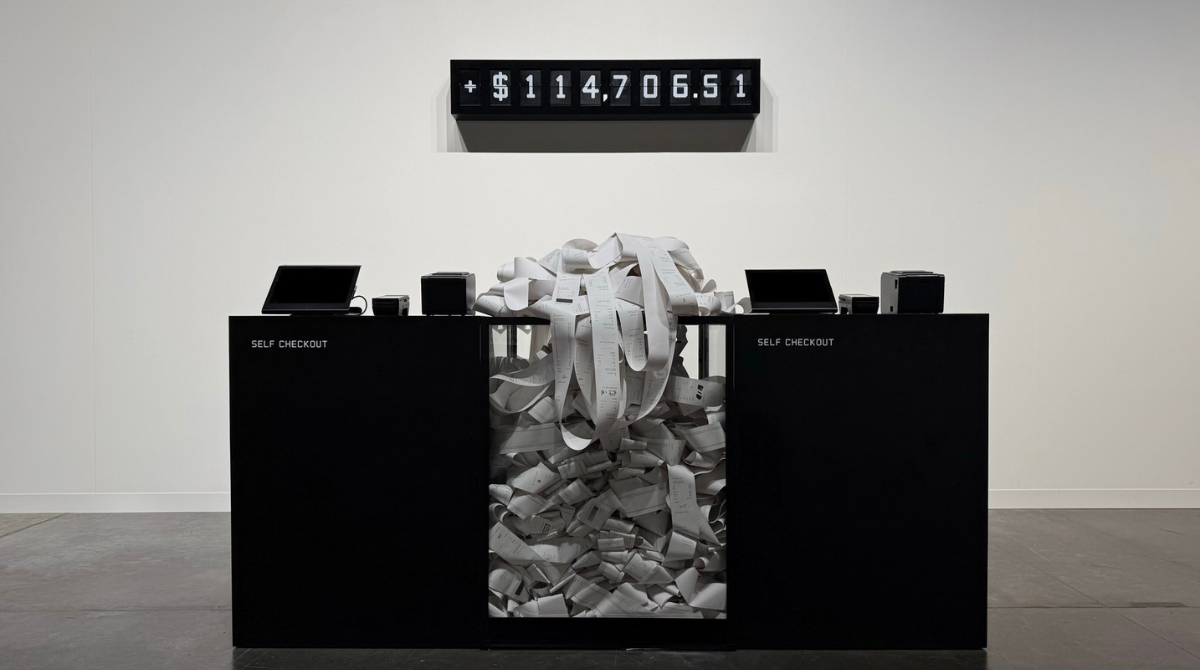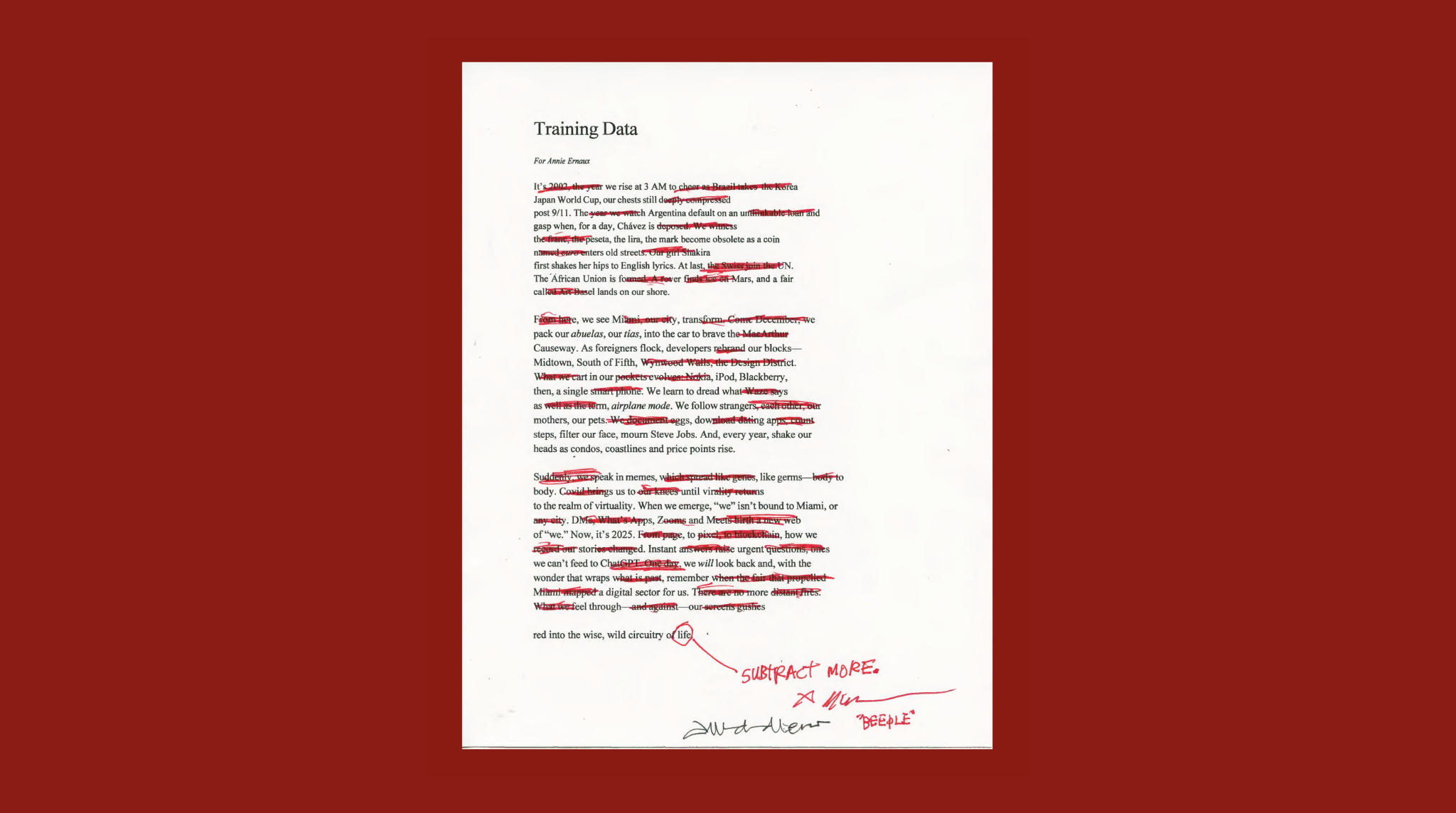We joined VR sculptor and technologist John Orion Young to talk about duality, building a dapp-powered VR world, the economics of art on the blockchain, and more. He’s currently Portland-based, always indefatigable, and best known in the crypto space for his project JohnOrionYoung.com.
The site is home to a collection of his original artwork. Each work is a unique piece of digital 3D sculpture, with ownership and trade governed by a custom ERC-721 contract. John currently offers over eighty original pieces, ranging in price from 0.320 ETH to 2.711 ETH, and he steadily produces new content. His smart contract has now processed over 130 ETH (over $50,000, using ETH prices from the times of purchase) and he expects to be able to live off of the revenue soon. You can find him on Discord.
Dan: You’re known in the crypto space for JohnOrionYoung.com, an Ethereum powered art experience where users can collect 3D sculptures you’ve created. Did you build the entire site yourself? Did you write the contract?
John: Yes! I took a lot of classes online to learn to build everything. With so many art experiences, you’re interacting indirectly with an artist, but you’re interacting directly with the curator of a gallery or a website. I wanted to remove all of that distance. So, I just took it on myself to build the first version, thinking I’d hire somebody to solve all the problems later.
But I’ve been building, building, and building. Now it feels like it’s become part of the artistic process for me. It’s a bit maddening, but I love to code at this point. Like anything great, it started out as suffering. I just wanted to get this thing online, but now I’m starting to feel like it’s half of my art. [Laughs]
It does feel like there must be better ways, I guess. But VR, as a technology, feels so real to me. It feels like, “Yeah, of course we’ll make art this way.” Blockchain feels so real to me, like “Of course this is the way to show who owns what.” So, I don’t know, I just had to build it.
Dan: Did you write your contract? Did you find a contract that you were able to reference from and adapt? Did anyone help you write that contract?
John: It’s adapted from an example contract in a course I took online. The course walks you through step by step. After taking the course a couple of times, building versions of the example contract, and researching online, I knew what I needed. It lines up with the CryptoDoggies course on Udemy. That’s what it’s mainly inspired by. But at its core, it’s really based off of the CryptoKitties contract. I sent, like, ten people to that course: “Go build one!”
Dan: How did you get started with VR sculpting?
John: I saw a video of an early Oculus prototype. It was shown in mixed reality and this person was sculpting a giant, bright red spider. They were sitting at a desk and it filled the room. I realized that’s what I’ve always wanted, without knowing what it was. Like a gut feeling. A few years later, I could finally get an Oculus with touch controls and I have been going wild in there ever since.
Dan: You said earlier that you would prefer for JohnOrionYoung.com to be the way that your audience interacts with you and your art. But if a gallerist came to you and said, “I want to set you up in downtown Portland a premium space with a top notch show. The only condition is that you have to shut down the site,” would you do that? Would you accept an entry into the legacy art market if it meant giving up JohnOrionYoung.com?
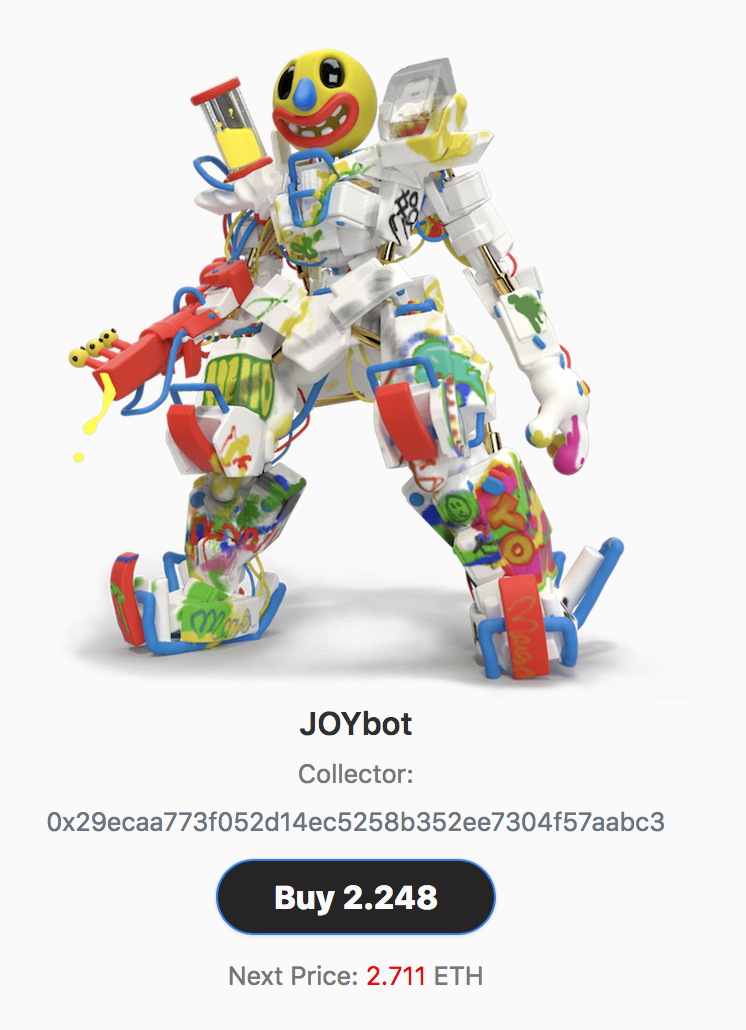
John: No. [Laughs] That actually just happened recently. It keeps happening. I’m showing right now in a gallery in L.A. using a VR museum app called the Museum of Other Realities that allows users to experience virtual reality artworks inside of VR. I have a few artworks in there. And then this other gallery wanted to show my work, get some of my works 3D printed by a professional effects house, and sell them. That fundamentally felt wrong to me. To print and sell a physical copy of JOYbot on the side, knowing somebody owns JOYbot virtually, it felt so bizarre.
So I’ve refused to do anything other than let people view the work inside of VR with the current ownership information displayed beside it. I want it to be real. I want the experience of owning each artwork to be really real. And that has come at a cost to me. It means I can’t take advantage of a lot of financial opportunities.
Dan: Your smart contract doesn’t exactly offer a traditional ownership experience, though, right? The contract programmatically sets an asking price and allows any purchaser to buy the piece, as long as they’re willing to pay that price. The current owner doesn’t get to decide whether the piece is for sale or at what price. Everything’s for sale by default, and the sale price increases each time a piece changes hands.
So, what do I buy when I click ‘buy’ on JohnOrionYoung.com? What am I getting when I purchase one of your tokens? What do I own?
John: For now, you’re owning a JPEG. You’re owning a PNG, basically. You’re owning a piece of the blockchain. You’re owing a moment of history and saying, “I’ve owned an original JOY,” whether you own it for three minutes when it first dropped or you own it for three years.
It’s kind of fleeting, in a way. That plays off of life a lot, the impermanence of everything. You can’t really hold on to anything. So I kind of feel like you’re buying a moment, you’re buying some time to engage with the other collectors, and you’re buying some of my time to play with me on Discord. We all kind of play together in Discord. In a way, you’re buying experience.
I’d like to airdrop tokens to collectors for each artwork they’ve owned. Maybe tokens that they could transfer, but possibly ones they permanently own that never transfer. Those tokens would get them access to the corresponding characters inside JOYworld. Possibly you could be JOYbot, if you’ve owned it once. You take that token and become JOYbot in JOYworld or in Decentraland or in Fortnite. Maybe there’s a future where you can move those tokenized property rights to other platforms.
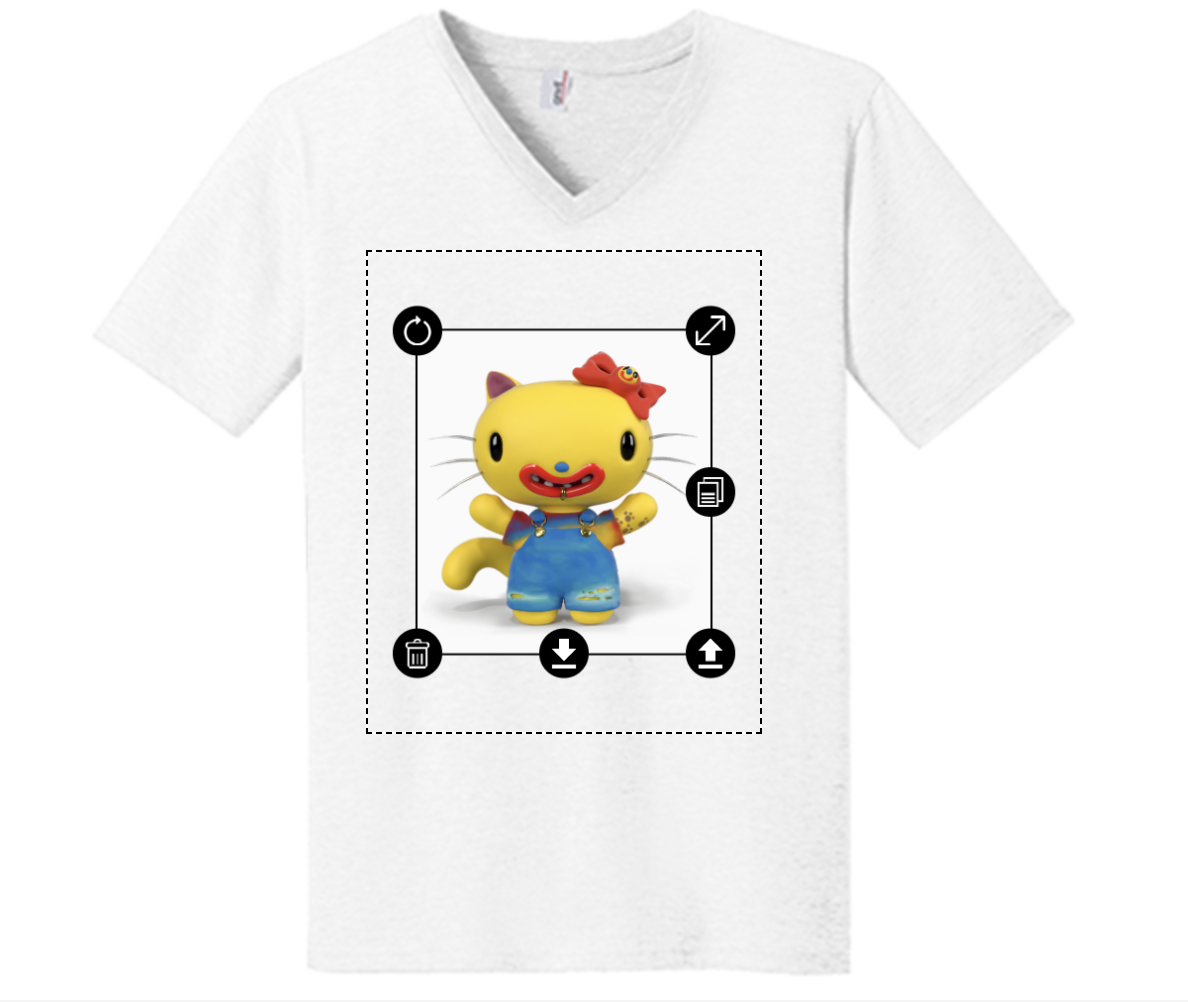
Dan: Would it be cool with you if I purchased the Hello JOY token, owned that one-of-one for a moment, printed it on a t-shirt, and wore that T-shirt? How about if I lost control of the token? Is it still cool with you if I wear that t-shirt?
John: Yeah, I think so. I think it was sad that Jeff Koons got mad at museums for making versions of the balloon dog sculpture. At some point, when you make something iconic, in the time period we live in, you have to let it go. That’s part of my motivation for selecting the token structure that I did. If you go to my site and buy Hello JOY directly from me, and get your name on that list of owners, you’re buying a unique experience that can’t be duplicated. The visual asset can be copied, it can live a life of its own, but no one can falsely claim a place in that line of ownership. Copyright matters a little less when the tech provides inherent copy-resistance.
Dan: What’s your favorite piece on JohnOrionYoung.com? What’s your favorite piece by another artist?

John: My favorite piece of mine is “Original JOY” because it’s me, it’s token number zero, and it was such a rush publishing it on the mainnet. My favorite piece by another artist is probably Tuna Fishing by Salvador Dali. I love the feeling of the timelessness of struggle — the way so many fleeting styles are crashing into each other and the way it makes linear time feel circular like a curled wave crashing over and over. It just screams, “LIVE NOW!” to me for some reason.

Dan: You’ve done an amazing job of controlling the user experience on your site and in your contract. As a result, there’s this high intensity brand surrounding your persona. I’m curious to know if there’s a private John that’s different from John Orion Young the artist.
John: Yeah. There definitely is. I’m a real human being who has real emotions. I go through everything like everyone else. I have my share of mental health issues like anyone else has. I’m definitely a real human being. Some of that shows through. Some of the artworks feel a little bit darker, a little bit more evil, a little more ornery — I’m a Gemini — that’s the other side of my personality showing through. Overall I’m very happy and joyful, but I have this other side of me that’s a little bit evil or ornery.
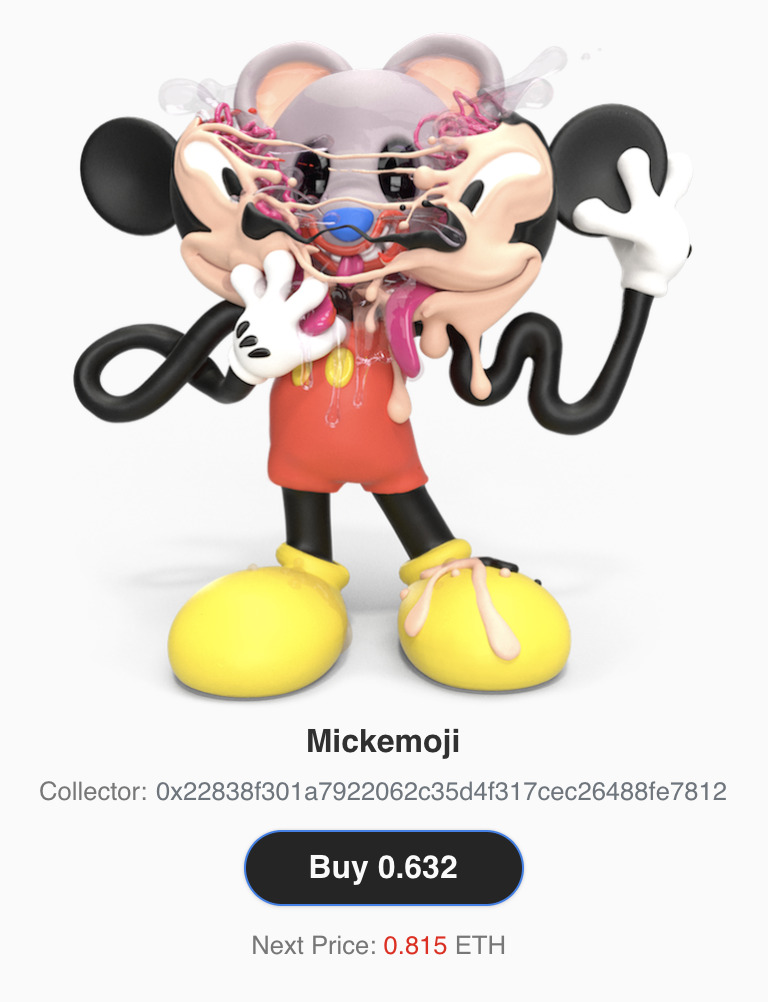
Dan: There’s a recognizable duality in your work. It’s all pretty lighthearted, but at the same time, a lot of it’s splattered in graffiti and in one case, Mickey’s head is splitting in half.
John: It’s smiling, but it’s tearing apart.
Dan: In addition to the Mickey allusion, I counted a dozen or so references to protected IP in your works: Gundam Wing, Fiskars, Super Soaker, Ninja Turtles, Hello Kitty, The Simpsons, Mario, the Apple watch (twice), Looney Tunes, Pepe from Boy’s Club by Matt Fury, Apple AirPods, Hitchhiker’s Guide to the Galaxy, Le voyage dans la lune, Alien, Star Wars, and the San Francisco Giants. And I’m sure there are more that I overlooked.
Fair use law is especially protective of parody. Does your work parody the IP it references? Or does it celebrate it? Are you bringing a little bit of darkness to Hello Kitty to criticize it? Are you parodying it or are you elevating it?
John: Hello Kitty is a conversation. Somebody started it: they said, “Hello, kitty.” They put it out there. Yuko Shimizu made it inside Sanrio, Co., the company pushed it around, and now it’s part of the world. Yuko created it, Sanrio owns it, and artists riff on it. Throughout time, a lot of different artists will make a version of Hello Kitty and say their version of it.
I see my work as a little bit of a celebration. In some ways, I see it as a way to connect better with collectors and with people viewing the work. If you try to invent everything 100% new, it can build a very interesting world, but it can feel a bit disconnected from reality. Maybe a little bit too far. It’s to show that the JOYworld is actually connected with reality, it’s not isolated.
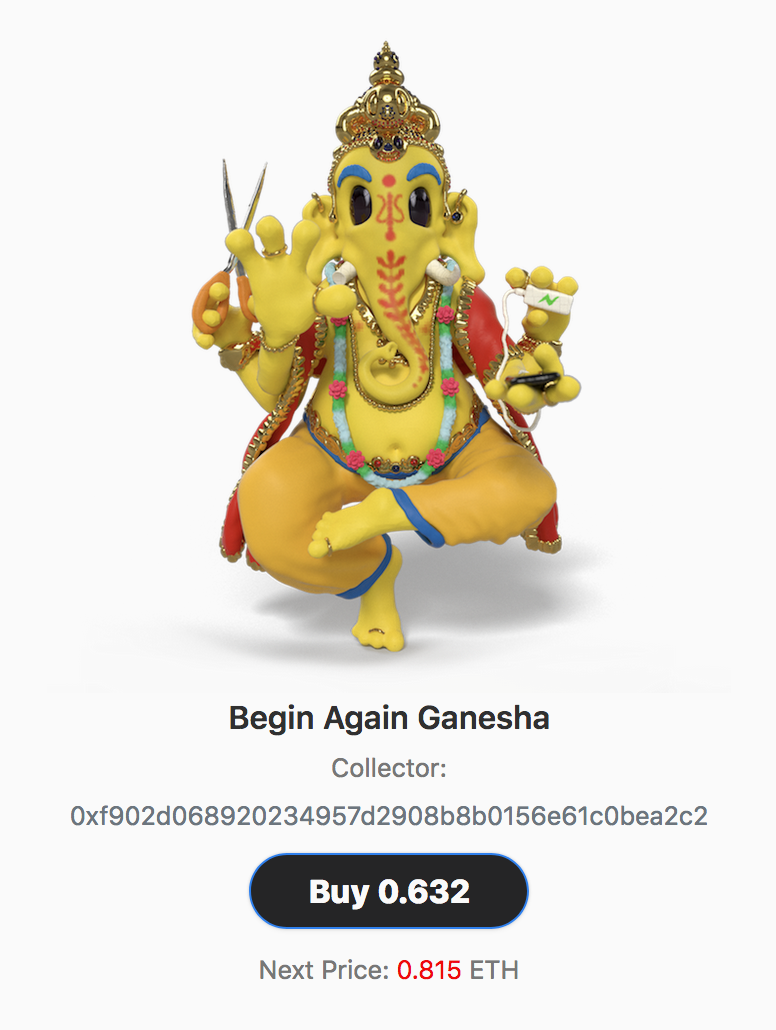
So, I make references. I’ve got Ganesha in here. There are different types of emojis showing up in the collection, and emojis on emojis. It’s a celebration of all that stuff and a multifaceted continuation of each dialogue.
Dan: What is JOYworld?
John: JOYworld is the tree that grows from the seed of JohnOrionYoung.com. It’ll be a magical creative space in other realities: AR and VR. It will be a place where you can experience the artworks you’ve owned, hang out with me and other JOYcollectors, and experience the collection. It’s going to be a living, breathing, decentralized, autonomous, and virtual work of art on the blockchain, with AI and real people evolving and trading creative expression as a store of value. Think VR dolphins that you can squeeze and they’ll paint rainbows. With a lot of work and a little luck, it will outlive any work of art in history. That’s my dream, anyway.
Dan: OK. So, that’s the destination. What’s the origin? What’s the first piece of art you can remember creating as a kid?
John: It kind of comes in as a blur of colors, lots of colors. Then, I had a little battery powered pottery wheel that I was pretty obsessed with. The first time I felt like I’d made a significant artwork was the first time I made a lost wax bronze casting of a duck. It was something about going through the whole process. I made a clay duck. I sculpted it out and got it just so, and then my dad helped me make a plaster mold of it and pull that mold, then pull the duck. Then I cast it in bronze. That whole process, to me, felt like making a complete, finished artwork. That has really stuck out in my mind.
Dan: You’ve said to me in the past that your dad was your first art guru. Who was the second?
John: Yeah, my dad is a wildlife artist working in lost wax bronze casting and oil painting. I learned a lot about artistic processes from him. He’s really brilliant about how things are made and about how the different artist lived in their times. He’s always pushed me to use the tools of my time and to keep a connection with the history of the conversation of art.
The second guru was Paul Budnitz. He’s the person who founded Kid Robot, then Budnitz Bicycles, and more recently, Superplastic. I still talk to Paul. He’s still a mentor of mine in a lot of different ways.
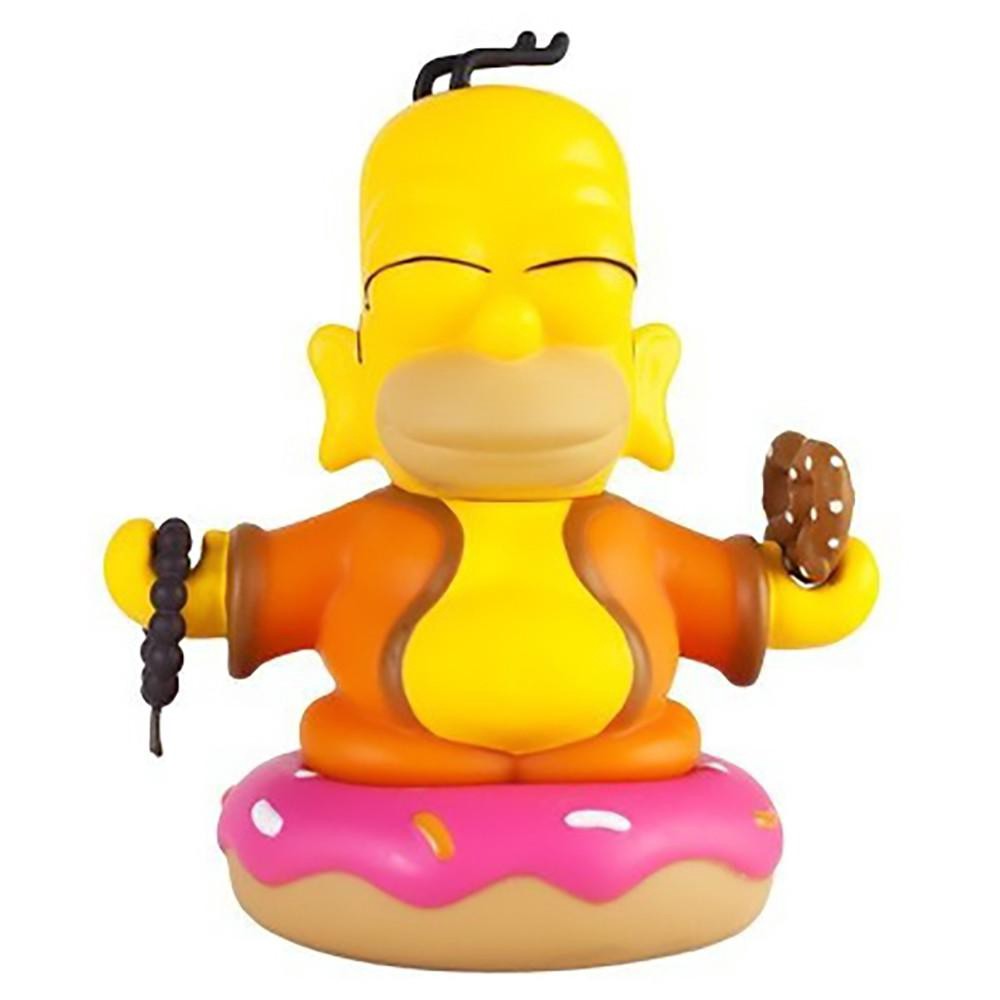
I met him right out of college in Boulder, Colorado. He was thinking about leaving Kid Robot to start a bike company and I was like, “You should totally do it and you should hire me!” Then like a week later, he called me and said, “I’m quitting and I’m hiring you.” So I ended up working with Paul for, I think, three years. We worked in Boulder for a year, then we moved the bike company to Vermont and worked there for two years. They’re still running the bike company there, but then I left for California.
Paul had a huge impact on me. He taught me a lot of stuff. A lot about duality, aesthetic, and design. I did a lot of the photo work for Budnitz Bicycles and some sales. A lot of that influence has made its way into my new work.
Dan: I didn’t know you were into photography. If you weren’t working in VR sculpture, what would you be working in?
John: Oh man, I’ve actually been thinking a lot about that lately. I just moved recently and every time I move, I kind of reconsider everything. I think I would get more serious about making clothes. I make a lot of my own clothes, I paint my clothes, I make a lot of apparel and stuff like that. A lot of lifestyle stuff. But I just make it for fun, for myself.
I think that could be a really fun direction, to make something more physical. And I think it could be cool to somehow make something physical and issue a token of it at the same time, then when it sells, to pay the current owner of the corresponding token a portion of that sale. There are some interesting things to do there, too.
If you’re putting a brand on your shirt, you’re really putting yourself out there with your identity connected to that brand. In this day and age, we’re all more conscientious about that stuff because corporations generate revenue by selling our data.
Blockchain and smart contracts provide more efficient mechanisms to reward people for repping our brands, for being part of the team. Everyone that supports a brand could and should be rewarded. That’s a huge next step I’m trying to figure out: how to tie all those incentives in. If you own Original JOY, and Original JOY shows up on a t-shirt, and it sells like crazy, then you should get paid part of that revenue.
Dan: Why did you choose to create one-of-one editions instead of editions of twenty or one hundred?
John: The thing that made me most excited about blockchain was creating one-of-one original digital art. I’ve spent a lot of time making art in traditional mediums like oil painting. When you spend months making a huge six foot by eight foot painting, it’s hard to sell it because it’s so expensive and your friends can’t afford it yet because you’re a young painter. There are all these complexities that come with selling a work in a physical medium.
So, I bought a paper printer. I was creating prints, maybe an edition of twenty or an edition of thirty. I got a credit card machine and I’d do art shows. I’d show up at the art show with the painting and I’d try to hustle prints of it. It’s a crazy, roundabout way of meeting the desire of somebody who wants to own that original artwork.
If somebody wants to own an original, they should be able to. Nobody knows for sure how much that original artwork is worth. But if somebody could just buy it for a dollar, and then somebody else can buy it for two dollars, and so on, and each time the artist can get paid, it makes so much sense. The work finds a price close to its value and collectors get to own the original. It’s just that their ownership is limited by time frame instead of by the immediacy of its connection with the original. To me, it’s a system that makes so much sense, and it’s the kind of thing you can only implement effectively with blockchain.
But it feels weird to me to create an edition of twenty and then say, “Each one of these one-of-twenty Original JOYs costs one Ether.” That model definitely lines up a little bit more with reality and how conventional ownership works, but I see this project as an opportunity to experiment a little bit and see what else we could do.
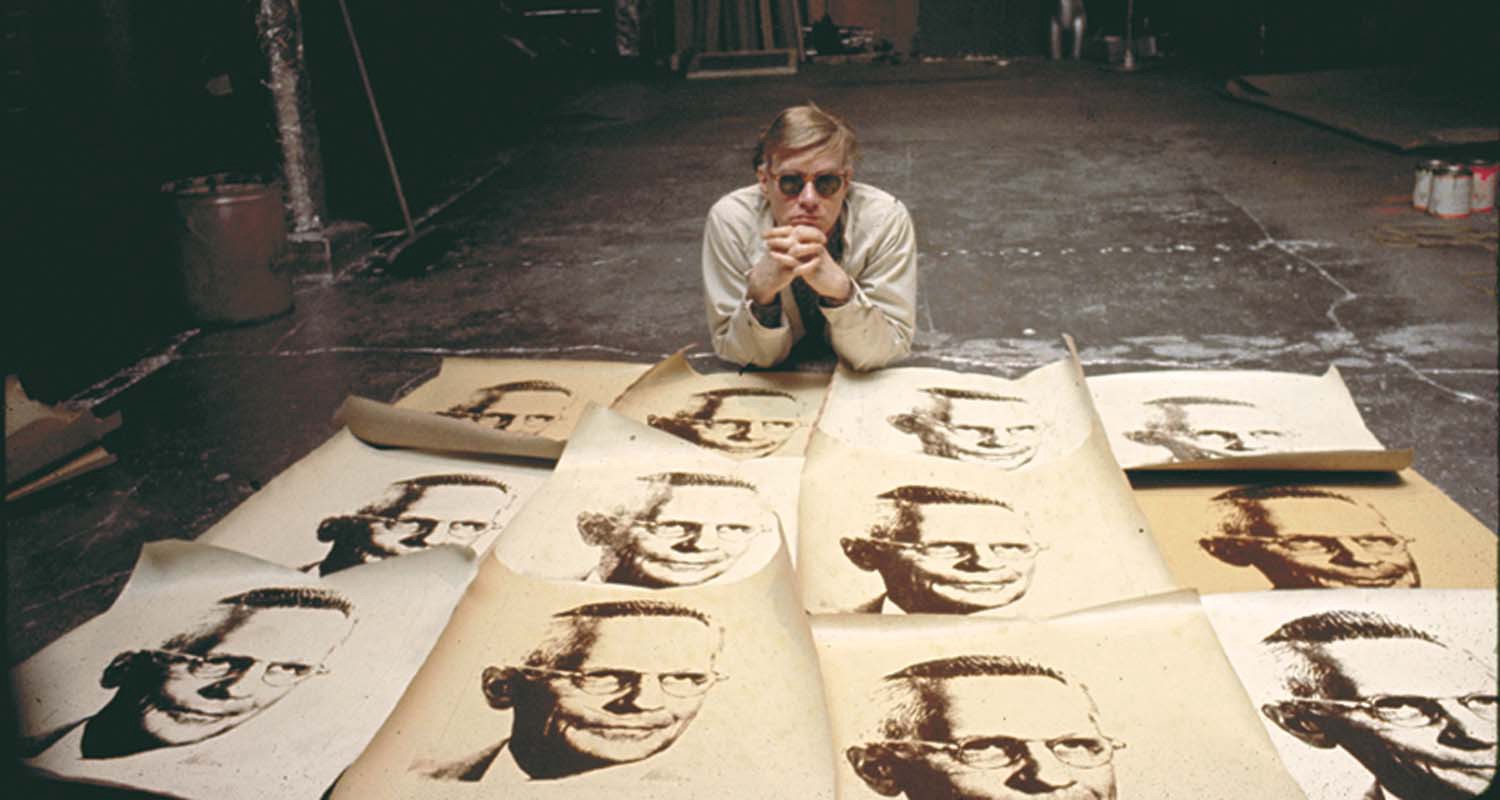
Andy Warhol with a double-digit edition
Dan: You must be pretty excited about Decentraland, right? Have you worked with those guys? Are you planning on expanding into that world or is JOYworld going to be separate from Decentraland?
John: I really want to get into Decentraland. One of my original collectors, who goes by KalebK on Discord, owns a bunch of LAND. When he’s ready to start building it out, I’m going to help him. We’re going to build a little section of JOYworld in there. I definitely want to build a JOYland in there, at least an access point into JOYworld or a kiosk where you can learn about it. Decentraland really excites me and has definitely inspired me in a lot of my thinking and what I want to do with my artwork. I want to integrate with them. I talked to a few people over there, but I just haven’t found a clear path in.
It’s weird. I make game art, so I talk to a lot of people in the VR space. And because of my art market, I talk to a lot of people in the crypto space. Crypto people are definitely bullish on Decentraland. But then, it seems like a lot of VR people are doubtful. They seem to feel that as VR matures, it will take a form similar to the internet’s. They tend to believe that there doesn’t need to be one centralized place or access point. Instead, they believe you’ll just be passing links around to people and users will jump into different experiences. But I love the idea of one cohesive, shared, decentralized world with ownership and assets. I think it’s cool. I can see a version of it working. There are so many people working on making it real that it’s got to become real.
Dan: It surprises me that VR artists aren’t psyched about Decentraland. It seems like they’d be well equipped to tap into the new opportunities made possible by a platform like Decentraland. When it comes to art, are the opportunities for using blockchain more about generating meaning or generating revenue?
John: The blockchain art world mirrors the traditional art world a lot of ways. There’s a contingent of people who are working very hard to make art for the sake of art, to make meaning. There are also people working to not make meaning. The purpose of a lot of art is to remove meaning, to ask questions, and to cause people to question meaning.
I’m interested in both the possibilities to create meaning and the possibilities to create new economies. That’s why I built the art market first. I was looking at JOYworld and I was thinking about how to solve the problem of who would own what, about the problem of how property and economics would work inside there. And I felt like it made more sense to start with the incentive structures. People are incentivized by money and by speculating; it generates a lot of excitement. And I feel like VR tools aren’t quite up to par yet.
But for JOYworld itself, the core feeling and experience in there will be intrinsic. It’ll be about creativity, fun, and excitement. The art market will be a place where people who don’t necessarily want to create or make things will be able to speculate and participate.
Both types of opportunity excite me. I like the idea of investing in art and the idea of messing with the monetary systems surrounding value creation in art. I like using the blockchain to manage property records and to allow people to efficiently buy art when they’re willing to pay more for it.
Dan: How do you feel about the commodification of art?
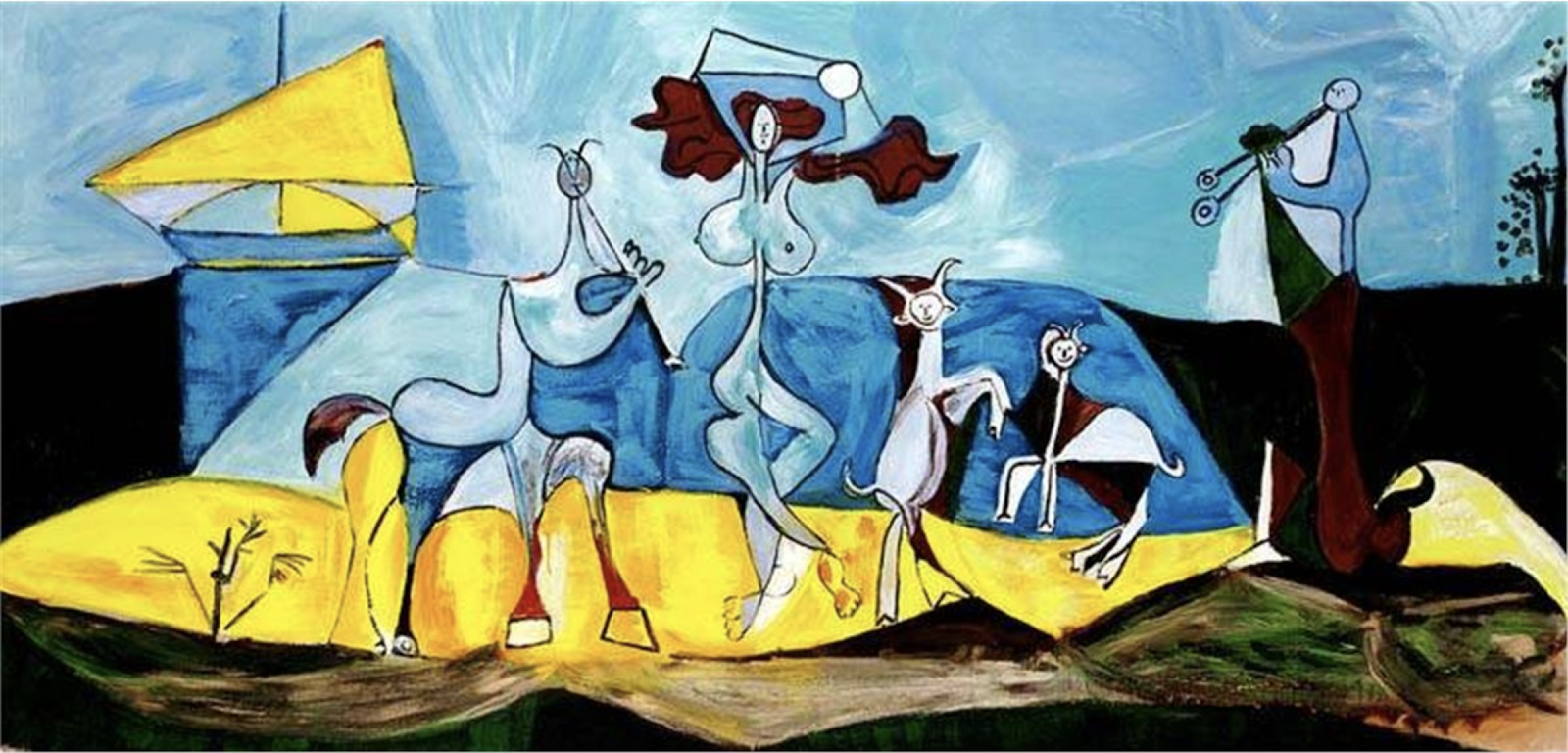
Picasso’s “Joy of Living”
John: Man, if you’d asked me in art school, my answer would have been way different from what it is now. But actually, I am so fascinated by speculation and commodification of art. I’m really obsessed with art ports. Say a collector in London buys a Picasso from somebody in America, but doesn’t want to import it, they can put it in an art port. And it just sits there. No one sees it, no one looks at it, and at some point, somebody else just comes and buys it. I love that whole world and the idea that a Picasso has its own economy, driven by the magic of those pigments on that board. I think that’s just amazing.
But commodification and speculation can get weird. What happens in a place like Decentraland, as speculation increases, property becomes too expensive for somebody new to come in and say something interesting. But I don’t feel like that’s a completely satisfactory reason to be flatly opposed to commodification or to rule out opportunities for people to make money.
But we need to make sure there’s still room to create value off of creativity. Instead of just saying, “You have to make a finished product to make a sale,” we should be asking how we can celebrate somebody for making something and how we can financially incentivize them to keep creating, to reward them for their effort. There are intrinsic reasons to create, but I feel like we also have to build a reward system, somehow, so that people can live off of that creativity.
If we could build ways for people to live off of their creativity, then people will build even weirder, more interesting stuff that will push us all forward. We all have to have money to live. You can’t avoid it. It has to somehow be part of the art process. And now we have new tools to make that a reality. So, I’m excited to experiment with it, at least.
Dan: Speaking of paying the bills, your contract has processed around 120 ETH in six months. Each time a piece changes hands, you get a cut of the sale price. But you’ve said to me that it’s not enough to live off. What do you do to put food on the table?
John: I haven’t created enough ETH flow to live off of yet, but with a few more iterations and improvements, it will totally happen. I did a lot of design work and for the past year so, I’ve actually been exiting stock positions [Laughs] and self-funding this whole project. I’ve been self-funding my insanity. [Laughs]
I’ve been working since the time I got out of college. One day I was doing design work for a bunch of different people, and I’d been experimenting with the VR art and the blockchain stuff, and all of a sudden, it just felt right to me.
After working for so many years — I’m 33 now and I’ve been working ever since I got out of college — I decided I needed to spend some of my money on myself and actually build something that I really believe in, that I want other people to be excited about. So that’s what I’m doing.
Dan: Wow. That was the perfect wrap-up speech. Thank you so much for your time. I can’t wait to see where the project goes from here!




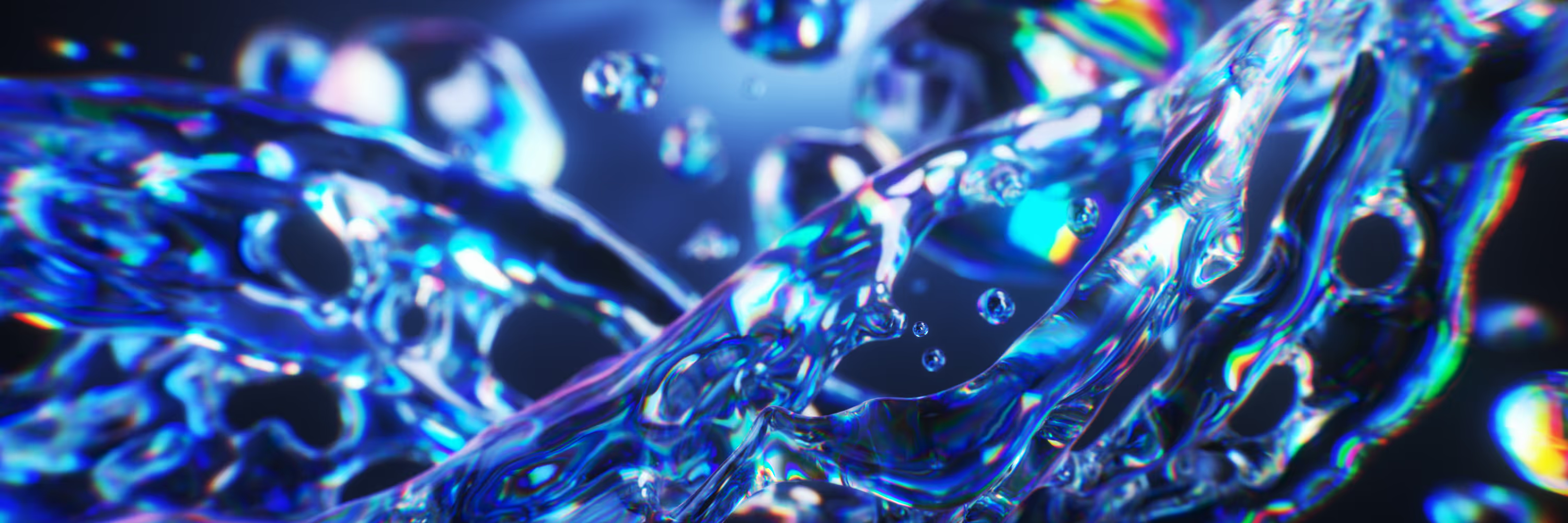
.avif)
.png)
.png)
.png)
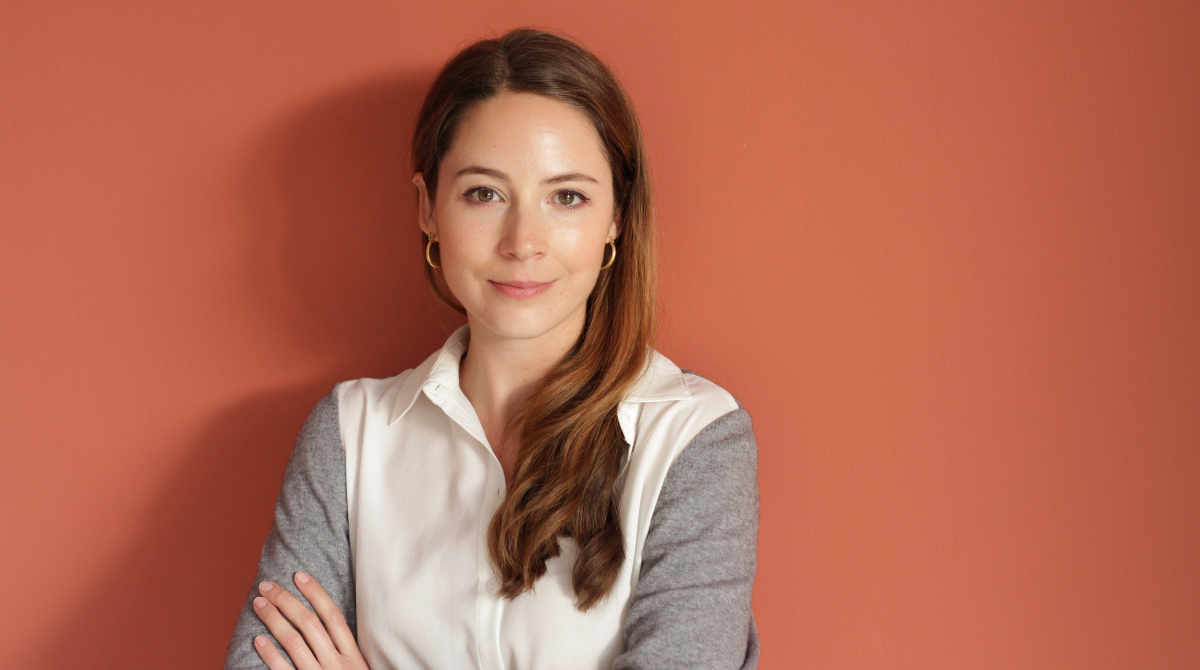
.png)
.png)
